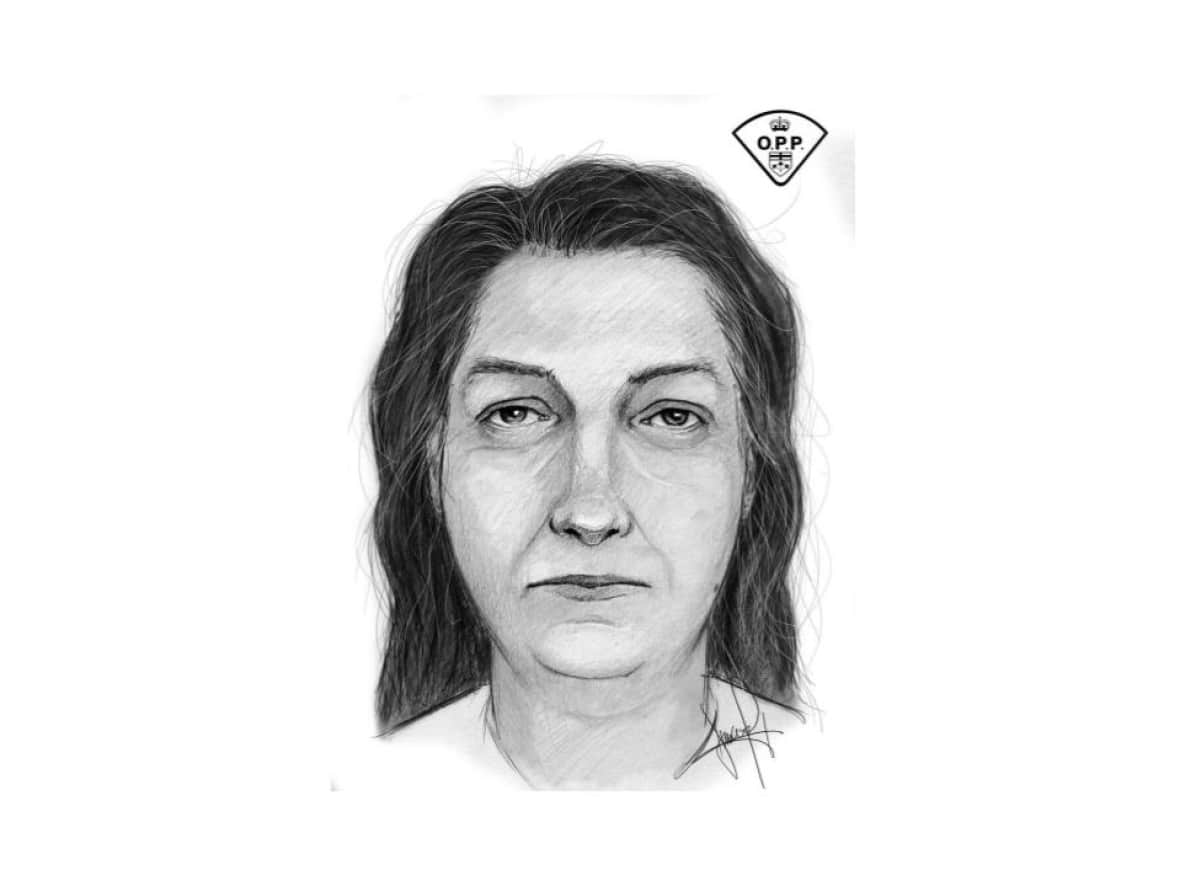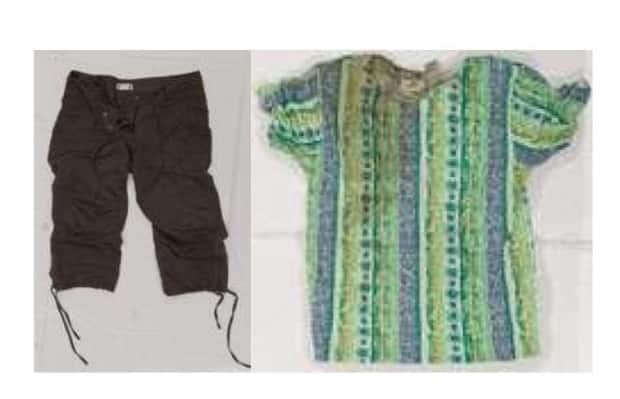How DNA from popular ancestry websites helped Toronto police find this woman's name

In a first for Toronto police, investigators have used DNA collected and stored by popular ancestry-tracking websites to identify a missing person in a non-criminal matter.
Police were trying to identify a woman whose body was found in June 2020 in Trinity Bellwoods Park, west of downtown. She was homeless with no identification and she had few belongings. Investigators turned to her DNA the following year after other methods, such as public appeals and the release of sketches, had failed.
"This was very close to their hearts," Toronto police Det. Sgt. Steve Smith said of the team investigating the case.
"They really wanted to find out who this female was and ensure that her family knew where she was and what had happened to her, so they kept on it," Smith said in an interview with CBC News.
The method, known as investigative genetic genealogy, has been used to solve crimes, including the decades-old cold case murder of nine year-old Christine Jessop. But the missing woman's death was not considered suspicious and there was no foul play. She died of natural causes. Toronto police had not used the method in such a case before.
DNA quickly matched online
In early 2021, investigators were approached about the case by researchers at the DNA Doe Project, a nonprofit organization that tries to find the names of unidentified missing persons — often referred to as John or Jane Does — with genetic genealogy.
Police gave the organization a sample of the woman's DNA and they began the work of cross-referencing it on GEDmatch, an online service that compares results on popular genetic testing websites such as 23andMe and Ancestry.ca.
Within days of using the publicly available database, the researchers found matches. Although the closest was a second cousin twice removed, several of the woman's relatives had already used the online services to build family trees, according to Matthew Waterfield, the team lead for the DNA Doe Project.

"Many of them had done research on their own families and published it online, and we found that. So it didn't take us too long before we were able to find the common ancestors for the woman," Waterfield said in an interview.
Five days after starting their investigation, researchers were able to determine the woman's name and they even found a photograph.
"I'd say it was a really impressively run case on behalf of the team," Waterfield added.
The organization turned over its information to police, who then used it to contact the woman's family. Investigators confirmed her identity by matching dental records. The family asked police not to release her name.
"They were crushed to find out that their loved one was deceased," said Smith.
'Read the privacy policies,' lawyer warns
The services give customers the option of allowing police to use their DNA in investigations, or not. But there are various privacy concerns, according to Molly Reynolds, a partner specializing in cyber-security and privacy at Torys LLP, a Toronto law firm.
"People who submit their DNA to these sites should read the privacy policies because they will likely explain the situations when police can access the records even where the person hasn't given consent," Reynolds wrote in an email to CBC News.

Toronto police say when conducting criminal investigations they only have access to the roughly 17 per cent of participants who allow their DNA to be used by law enforcement. But in the case of the woman found in Trinity Bellwoods, they had access to 100 per cent because it was not a criminal matter.
Smith likens allowing police to use DNA to reporting that a family member committed a crime.
"This is the exact same thing. It's just your genetics calling 911 for you," he said.
But Reynolds says that analogy is simplistic. She says there's more uncertainty and people don't know how their DNA will be used when they opt in to allow law enforcement access.
In her email, Reynolds says there are examples of overreach by police when using DNA profiles, "such as where DNA information about a victim of a crime is later used in a police investigation to identify an accused in a different crime."
She says she isn't against people opting in but says they should be aware that they won't be able to fully control how their DNA information could be used, and the consequences it could have for them and their relatives.


